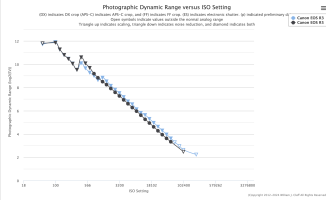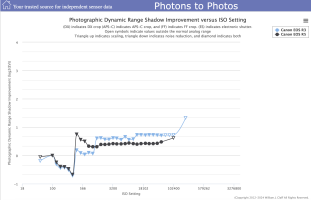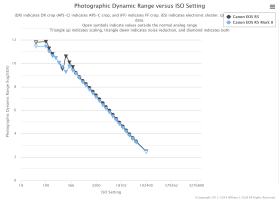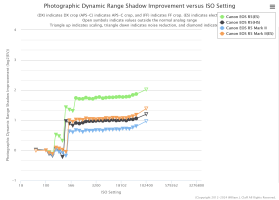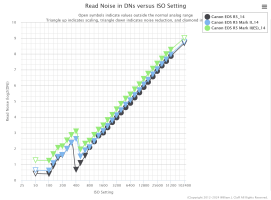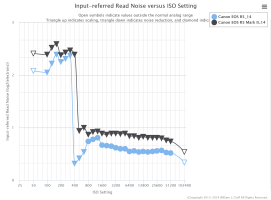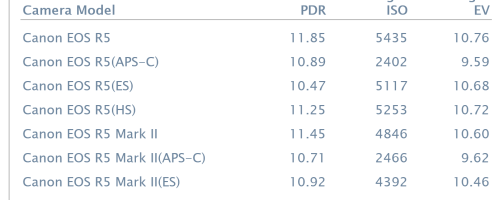Yes, so simple. But most folks want to make their own definition, so they can complain about a camera they would never buy. And all those that complain that it does not have the MPs of the A1 or Z9 conveniently forget that the R5 mark II gives them exactly what they want. Or are they afraid to mention the R5 mark II, or buy it, since it is not the "flagship" and they think their camera buddies will laugh at them? Grow up. It's amazing to me that people on forums don't mind giving others the impression that they are 11 year old crybabies.It is peak of their technology so for that company that is a flagship device it is simple as that.
Upvote
0

